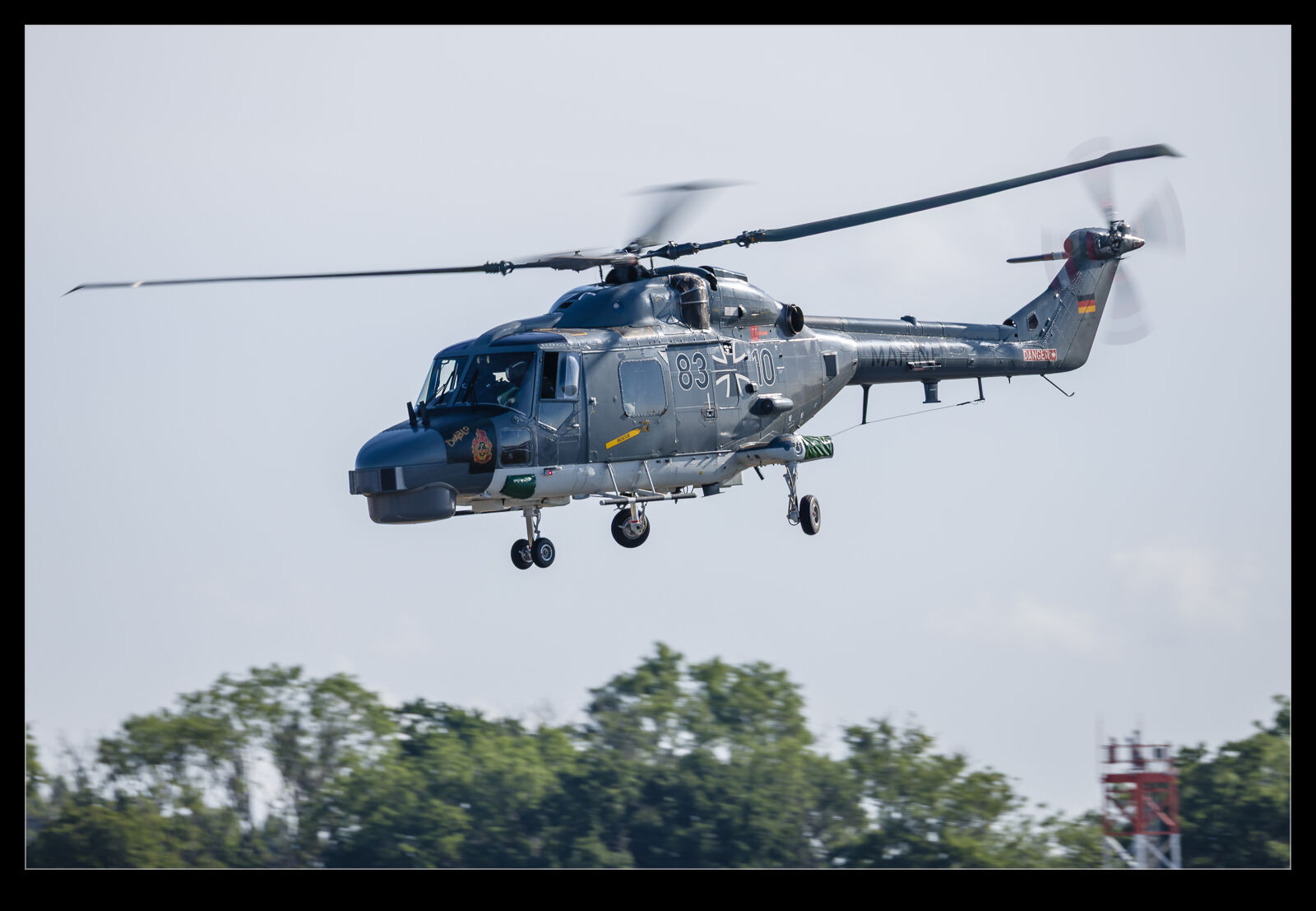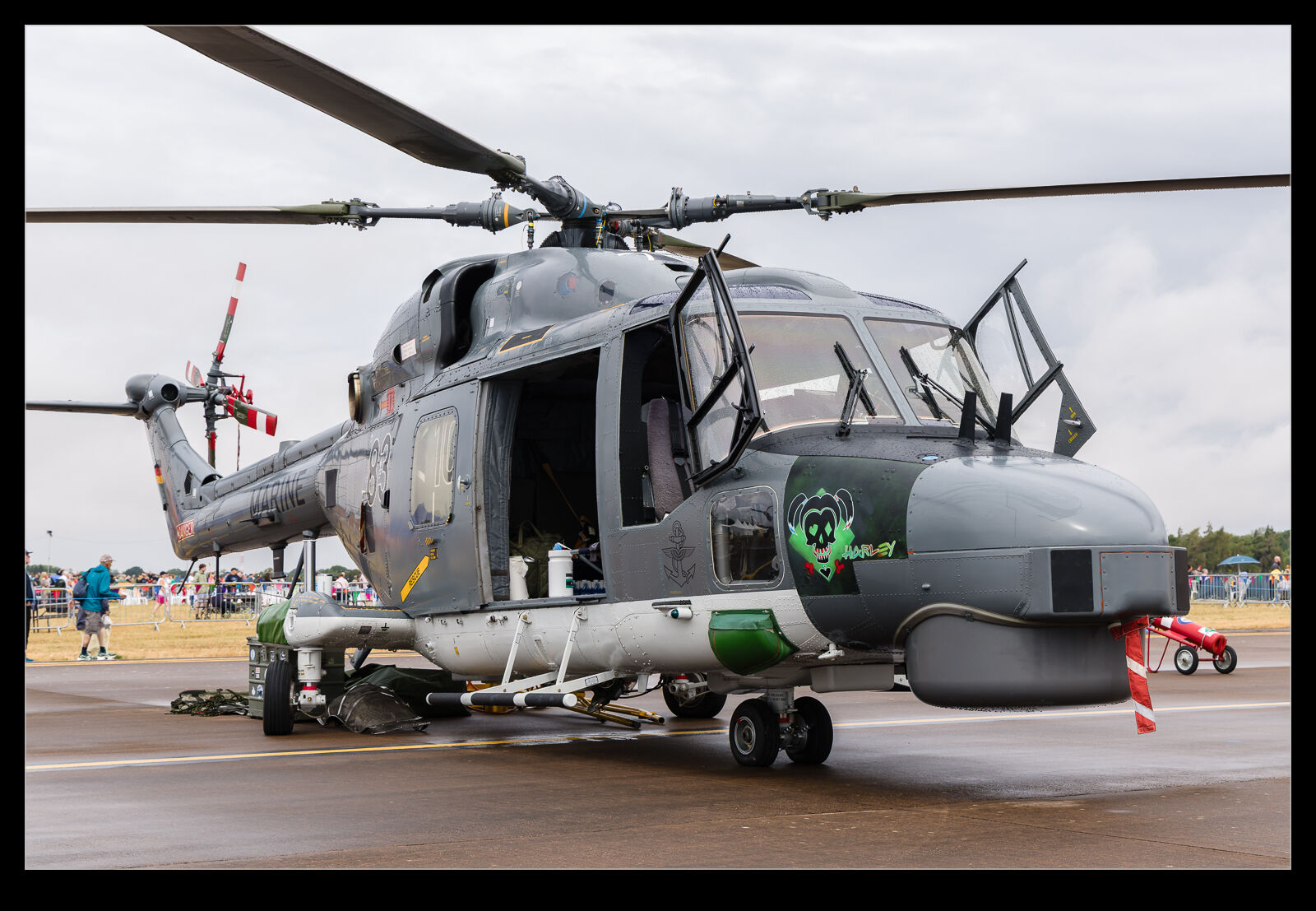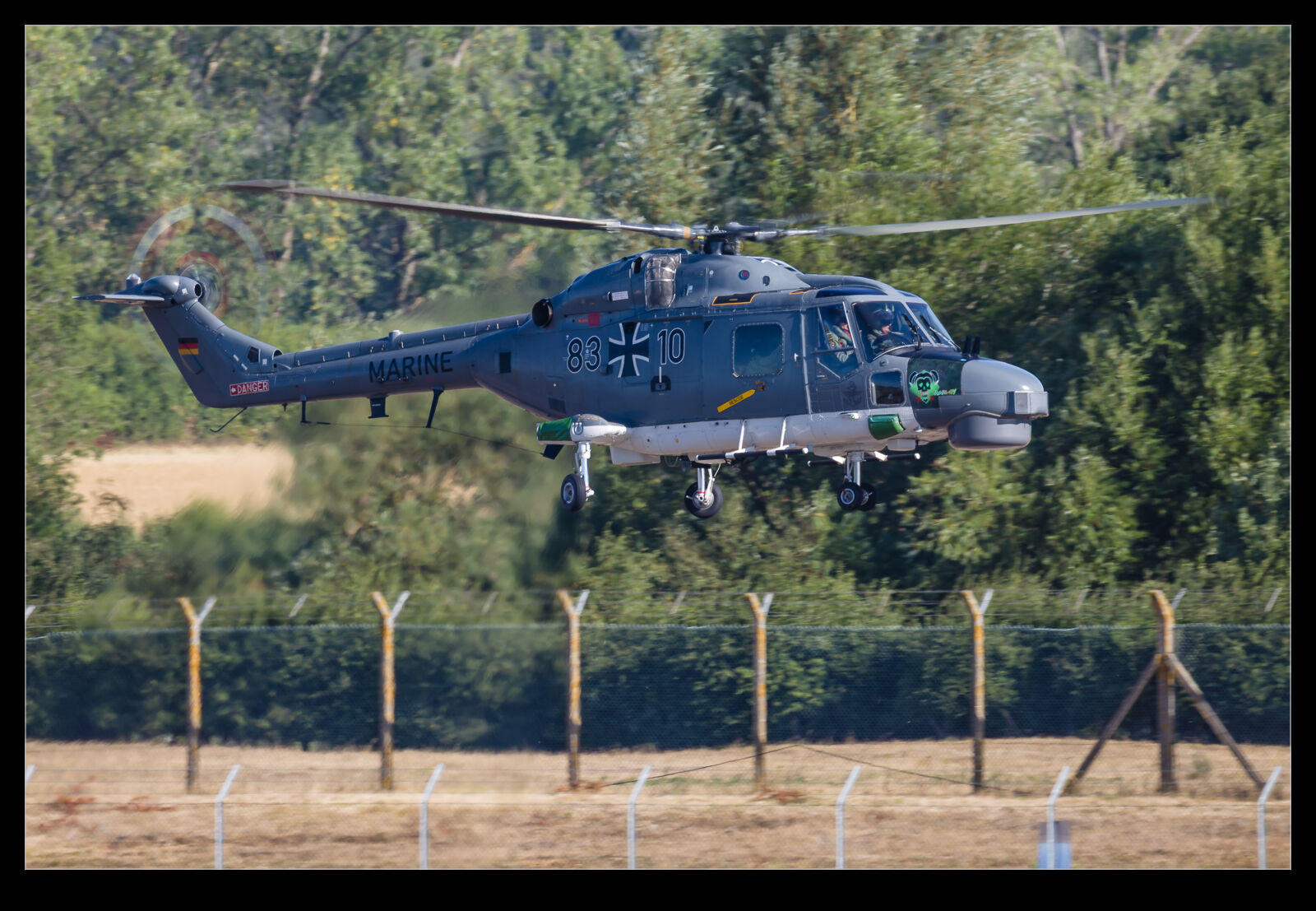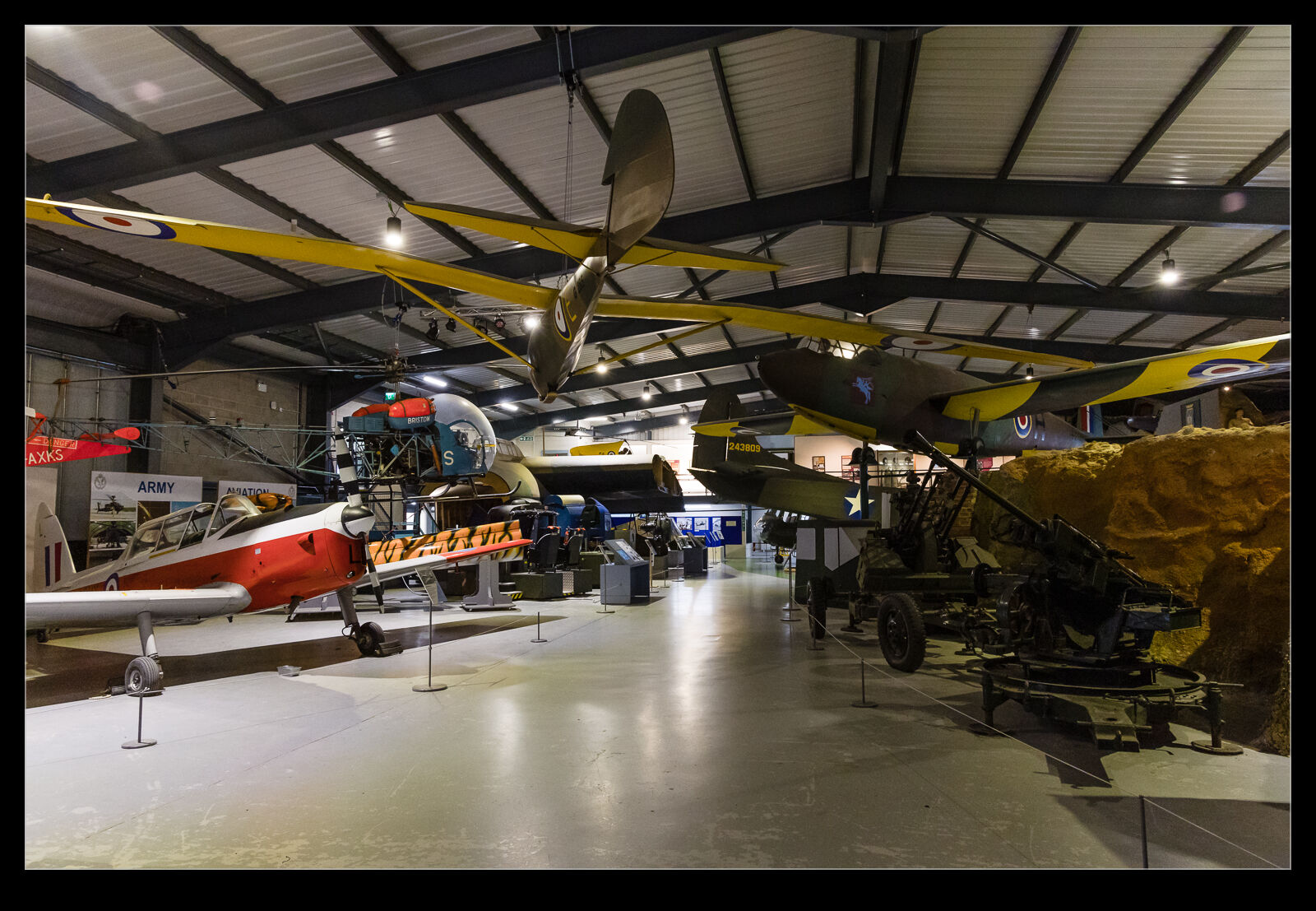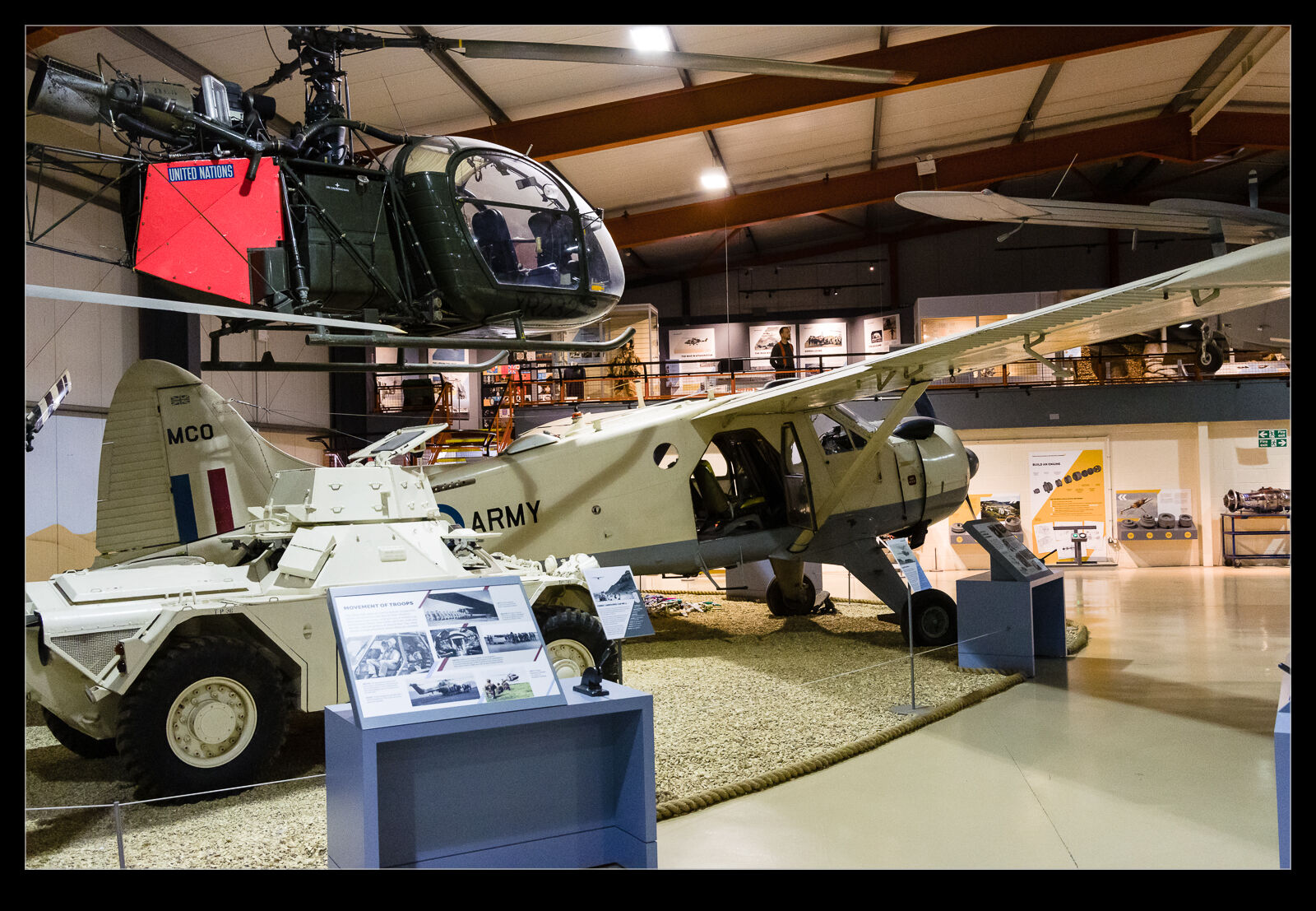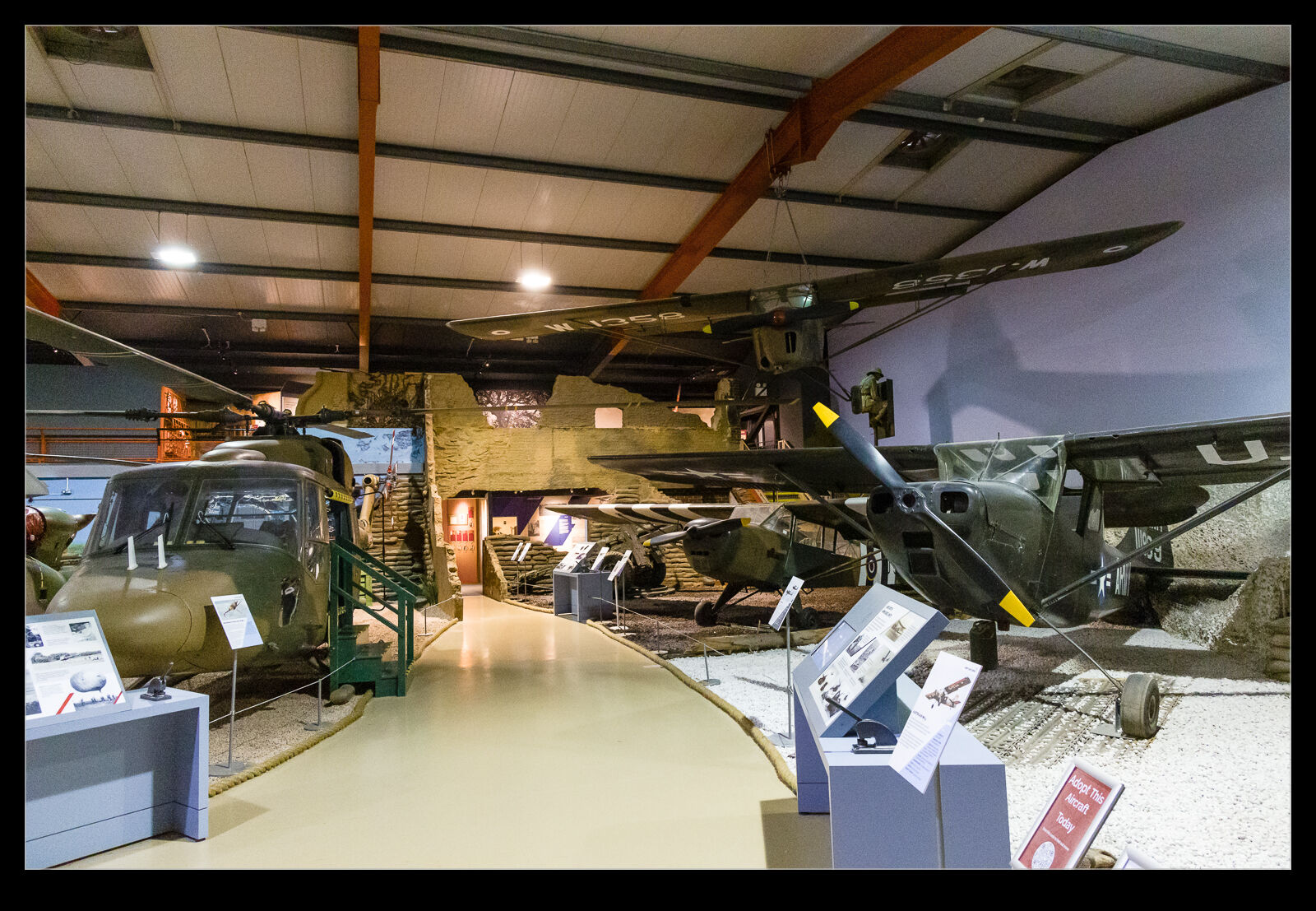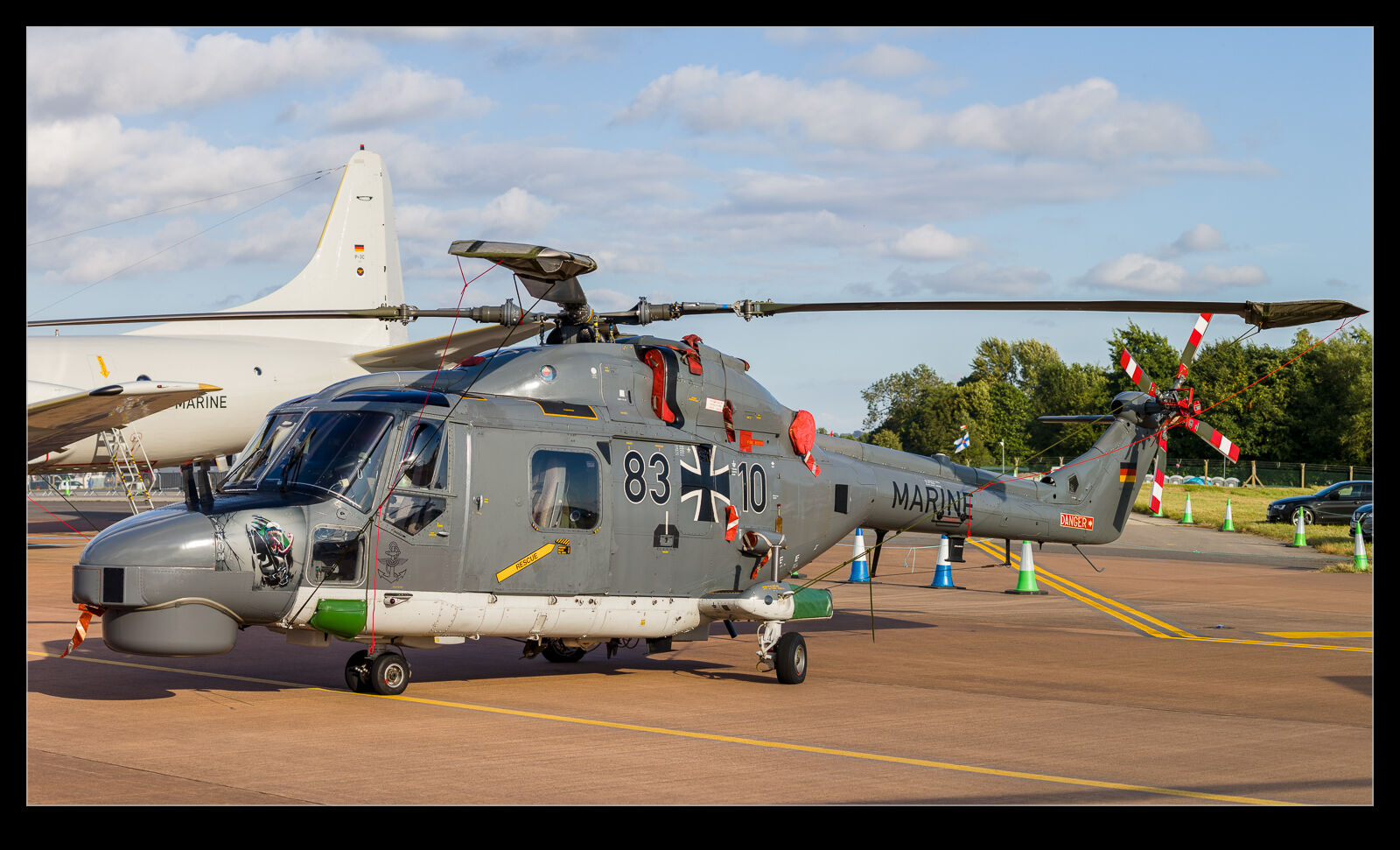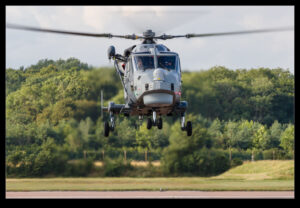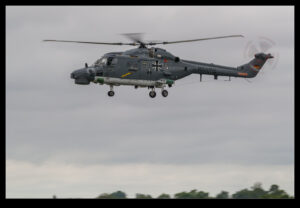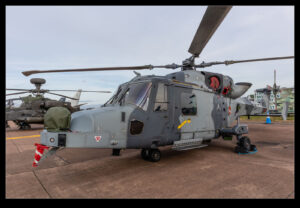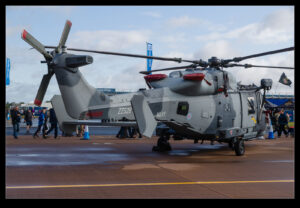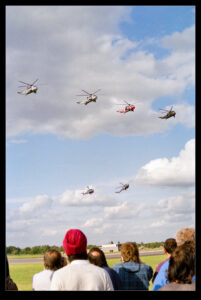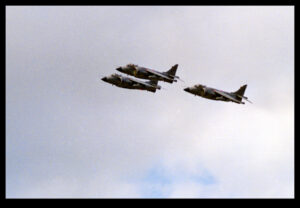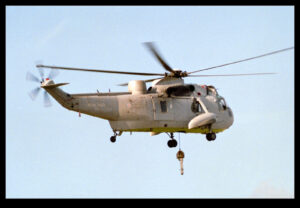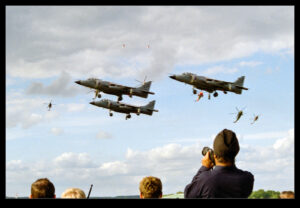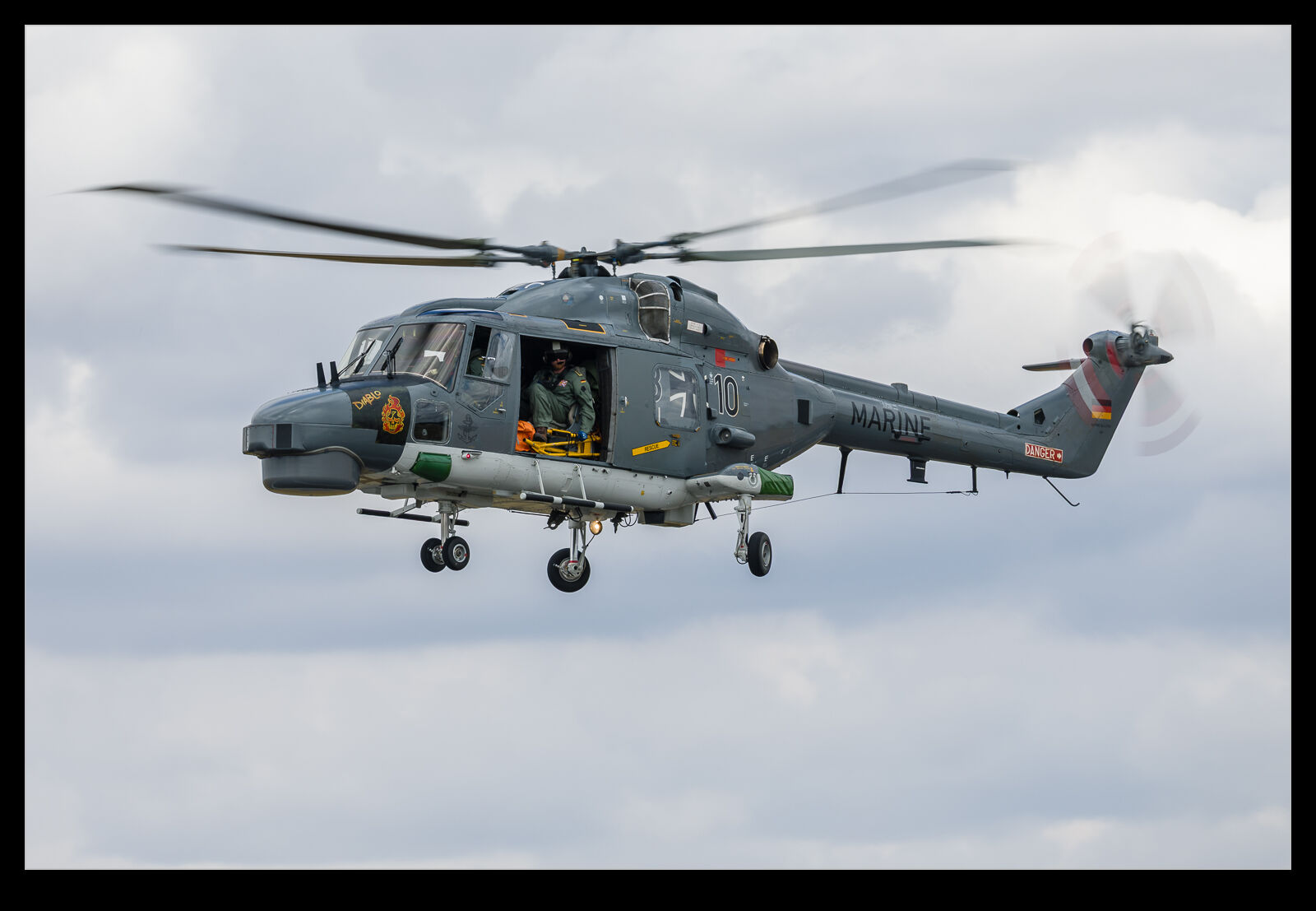 The Westland Lynx was a popular type and it sold well around the world. However, time has moved on and many operators have replaced their examples. The AW159 Wildcat has been the successor in some operators but other types have replaced them for most countries. Having an original Lynx still in use is a nice treat and the German Navy has not yet replaced all of theirs. They brought one to RIAT this year and the smooth lines of the original design are relatively untouched on their versions. They will soon be gone so this was a good opportunity to see one again.
The Westland Lynx was a popular type and it sold well around the world. However, time has moved on and many operators have replaced their examples. The AW159 Wildcat has been the successor in some operators but other types have replaced them for most countries. Having an original Lynx still in use is a nice treat and the German Navy has not yet replaced all of theirs. They brought one to RIAT this year and the smooth lines of the original design are relatively untouched on their versions. They will soon be gone so this was a good opportunity to see one again.
Tag Archives: lynx
Army Flying Museum
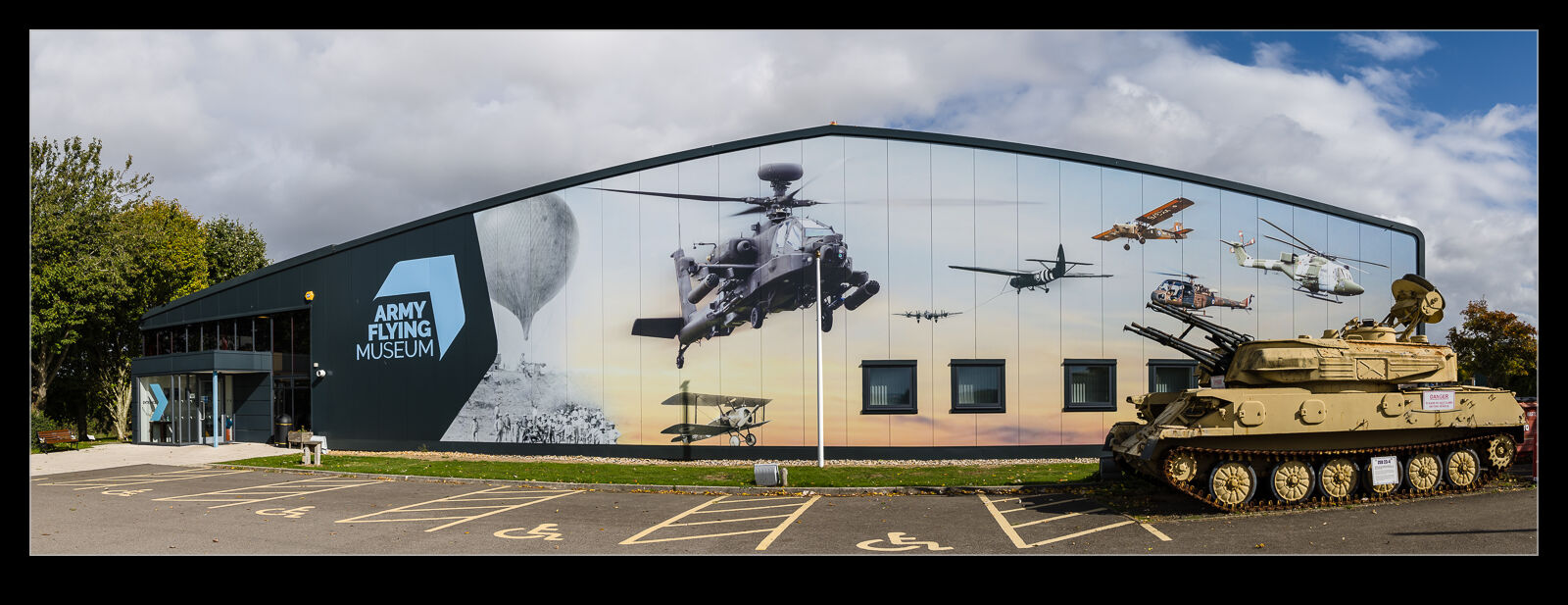 Our vacation in the UK wasn’t about aviation exploits but, if an opportunity presents itself, it would be churlish not to follow up. I had made arrangements to visit my friend Paul while I was in Hampshire and, halfway between us is Middle Wallop, home of Army aviation in the UK and also a museum. I guess that would be a good place to meet up.
Our vacation in the UK wasn’t about aviation exploits but, if an opportunity presents itself, it would be churlish not to follow up. I had made arrangements to visit my friend Paul while I was in Hampshire and, halfway between us is Middle Wallop, home of Army aviation in the UK and also a museum. I guess that would be a good place to meet up.
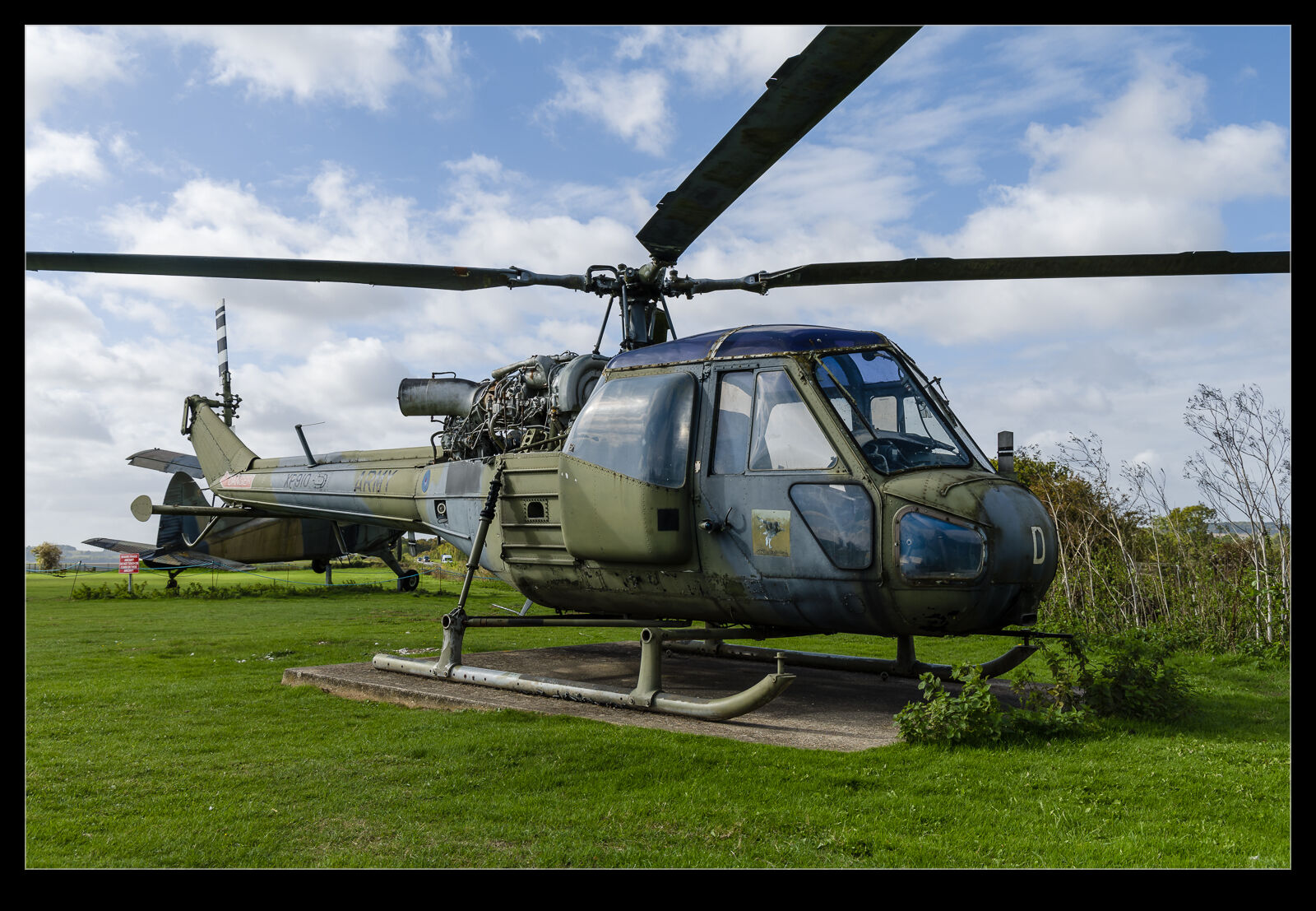 The museum isn’t large but it has recently gone through some refurbishment and it is definitely a good place to spend a couple of hours. Army aviation has a strong rotary element to it but there has also been plenty of fixed wing activity. The collection is a good reflection of both. I will save one exhibit for a separate post but there are plenty of others. The Lynx was a big part of the Army’s fleet for many years and the example that they have in the first hangar is actually a development airframe that has been restored. The three windows on the cabin door are the most conspicuous identification item. There is another operational Lynx in the second hangar too.
The museum isn’t large but it has recently gone through some refurbishment and it is definitely a good place to spend a couple of hours. Army aviation has a strong rotary element to it but there has also been plenty of fixed wing activity. The collection is a good reflection of both. I will save one exhibit for a separate post but there are plenty of others. The Lynx was a big part of the Army’s fleet for many years and the example that they have in the first hangar is actually a development airframe that has been restored. The three windows on the cabin door are the most conspicuous identification item. There is another operational Lynx in the second hangar too.
 A selection of Austers are included in the displays. There is also a Scout (with a second one on the grass by the parking lot). An Agusta 109 is tucked away too. This example was in service with Argentina in the Falklands and was co-opted by the UK forces when they took control. It was used for support to the SAS along with a second example. They ended up buying two more so I guess they worked well. The Beaver was also used extensively with one sitting outside too. The Alouette had a career with the Army but was not as widely used. It is still displayed, though. There are some old types reflecting the early days or military aviation too.
A selection of Austers are included in the displays. There is also a Scout (with a second one on the grass by the parking lot). An Agusta 109 is tucked away too. This example was in service with Argentina in the Falklands and was co-opted by the UK forces when they took control. It was used for support to the SAS along with a second example. They ended up buying two more so I guess they worked well. The Beaver was also used extensively with one sitting outside too. The Alouette had a career with the Army but was not as widely used. It is still displayed, though. There are some old types reflecting the early days or military aviation too.
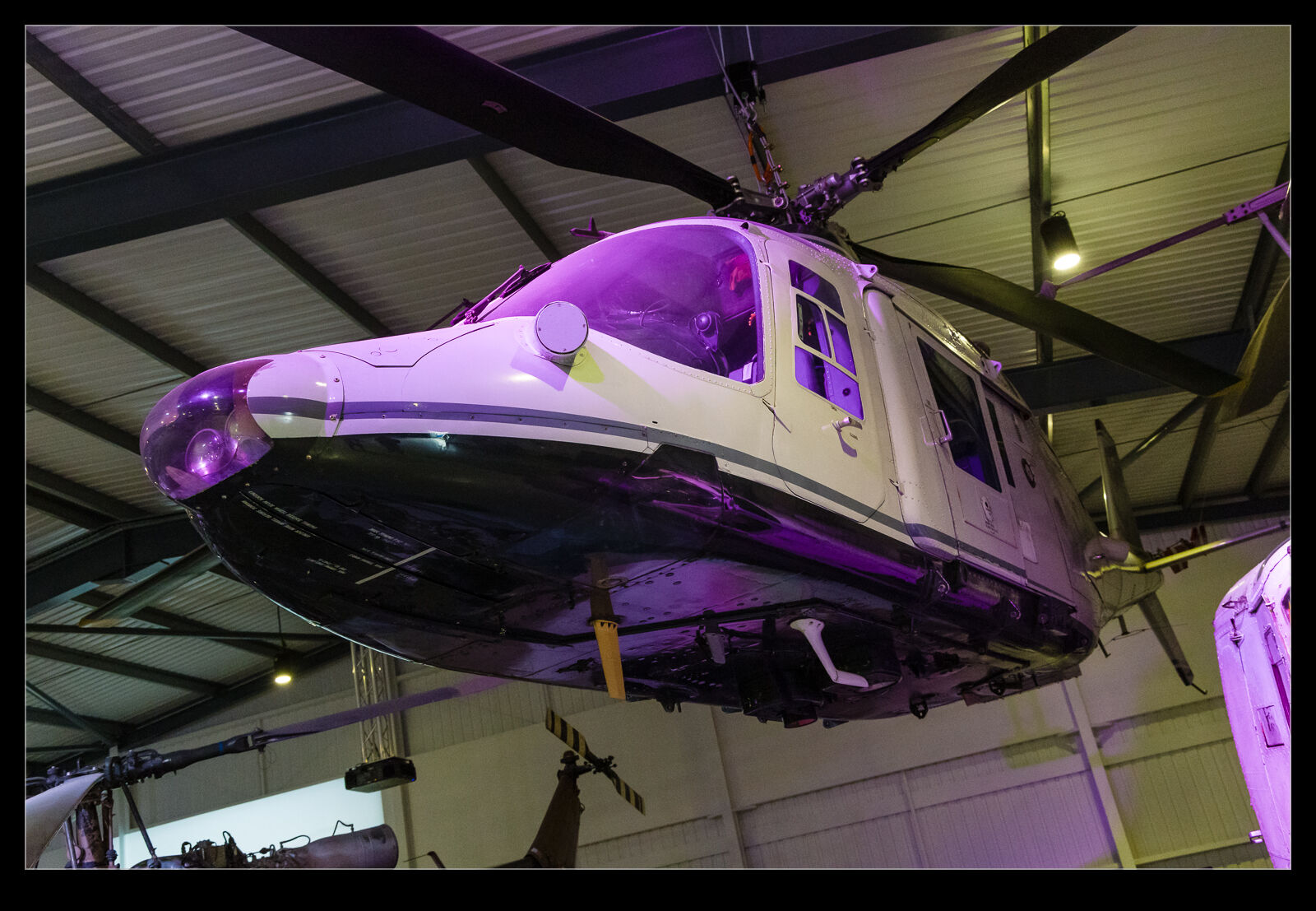 The only thing that confused me was the name. I have seen it called the Army Flying Museum (on the wall) and the Museum of Army Aviation. I wonder which it really is!
The only thing that confused me was the name. I have seen it called the Army Flying Museum (on the wall) and the Museum of Army Aviation. I wonder which it really is!
Lynx/Wildcat Selection
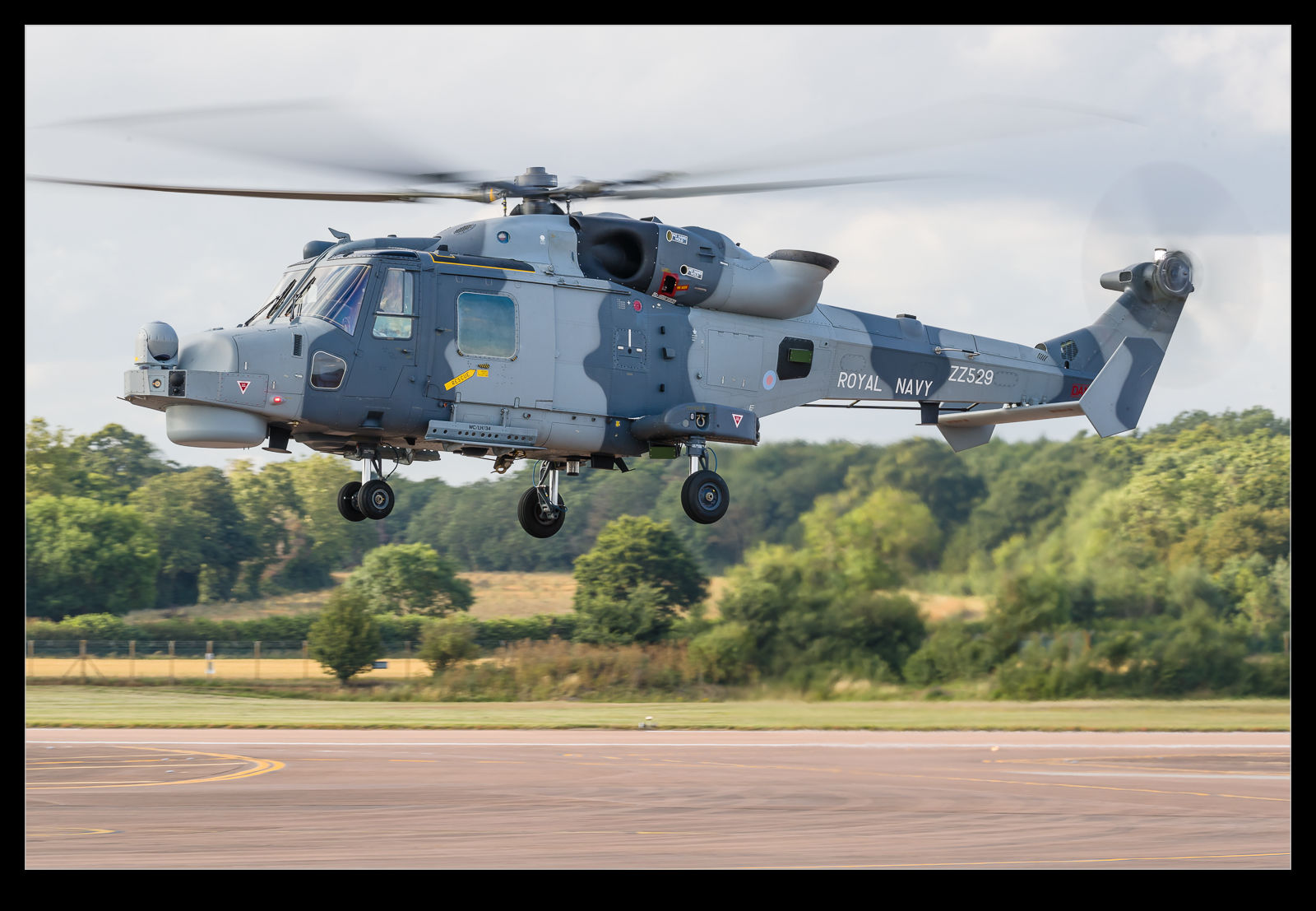 The Lynx was a favorite helicopter of mine in my teens. It was in service with both the Royal Navy and the British Army in substantial numbers. We used to see them a lot as they often flew past our home on the seafront in Cowes moving between the Navy bases at Portland and Portsmouth. The Lynx has gone from UK service, replaced by the Wildcat. I hadn’t seen any Wildcats before RIAT so was glad to see them from both the Army and the Navy (not that they look that different unliked their predecessors). Old style Lynxes were still represented though. The German Navy had an example visiting. They are not going to be around for much longer, though. They will be replaced early in the 2020s.
The Lynx was a favorite helicopter of mine in my teens. It was in service with both the Royal Navy and the British Army in substantial numbers. We used to see them a lot as they often flew past our home on the seafront in Cowes moving between the Navy bases at Portland and Portsmouth. The Lynx has gone from UK service, replaced by the Wildcat. I hadn’t seen any Wildcats before RIAT so was glad to see them from both the Army and the Navy (not that they look that different unliked their predecessors). Old style Lynxes were still represented though. The German Navy had an example visiting. They are not going to be around for much longer, though. They will be replaced early in the 2020s.
The Royal Navy Comes to Farnborough
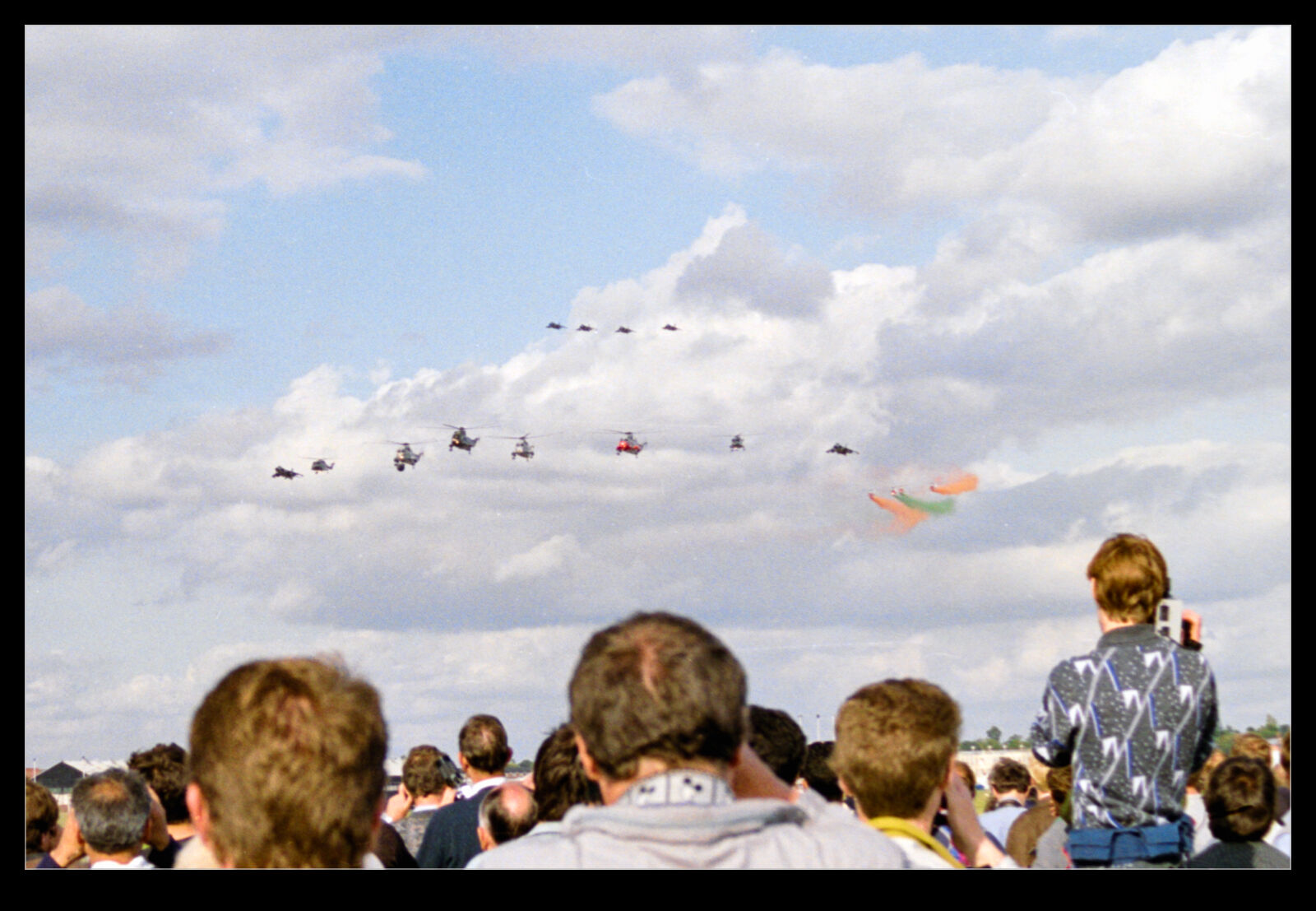 Another flashback post today. This one is an old Farnborough airshow and it included a rather large flying contribution from the Royal Navy. I don’t now recall exactly why the Navy was so committed to this show. This wasn’t even on the public show days when the display is often modified for the public from the format used for the trade days.
Another flashback post today. This one is an old Farnborough airshow and it included a rather large flying contribution from the Royal Navy. I don’t now recall exactly why the Navy was so committed to this show. This wasn’t even on the public show days when the display is often modified for the public from the format used for the trade days.
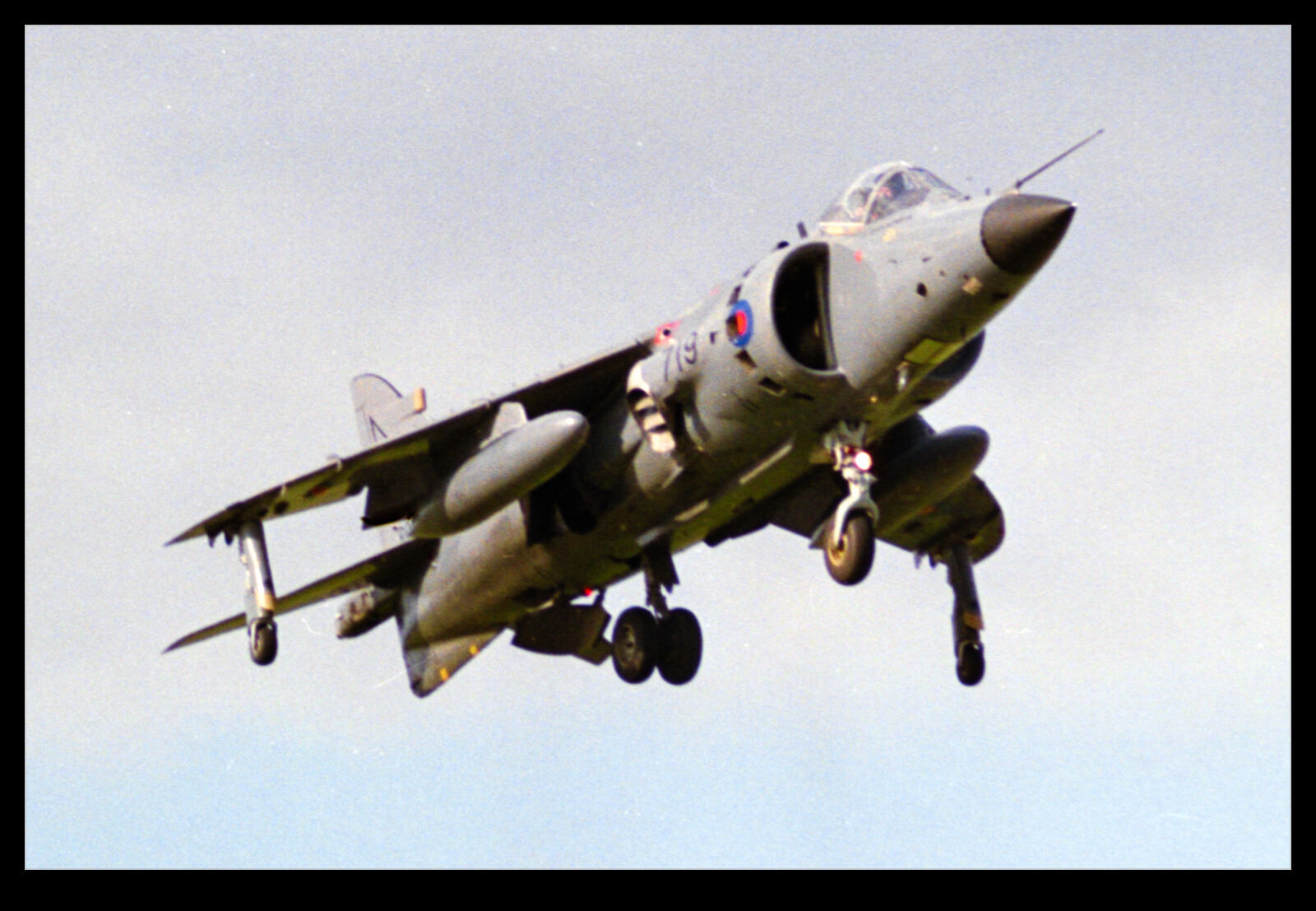 The main element of the display was six Sea Harriers. These were FRS1 models prior to the F/A2 upgrade program. The aircraft took off in groups of three and included a formation hovering routine with the jets arrayed along the runway providing a jet in front of most of the viewing crowd. Some fast flying was also a part of the display of course.
The main element of the display was six Sea Harriers. These were FRS1 models prior to the F/A2 upgrade program. The aircraft took off in groups of three and included a formation hovering routine with the jets arrayed along the runway providing a jet in front of most of the viewing crowd. Some fast flying was also a part of the display of course.
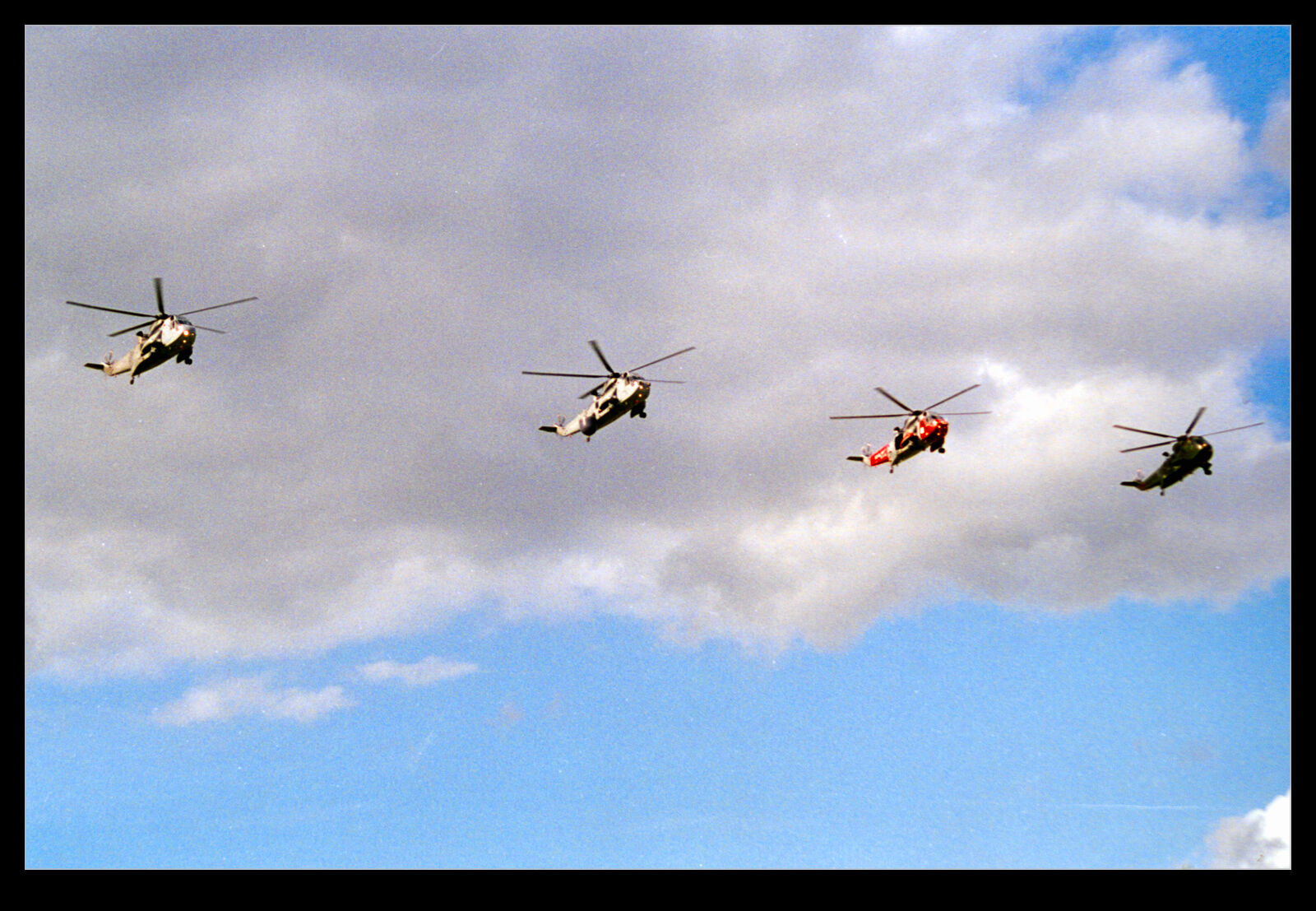 Helicopters also contributed to the display and the low speed capabilities of the Harrier meant that it was possible to combine the fixed and rotary elements together in one formation. The whole thing made quite an impression as a recall. The sound of six hovering Harriers was certainly enough to give the eardrums a workout!
Helicopters also contributed to the display and the low speed capabilities of the Harrier meant that it was possible to combine the fixed and rotary elements together in one formation. The whole thing made quite an impression as a recall. The sound of six hovering Harriers was certainly enough to give the eardrums a workout!
